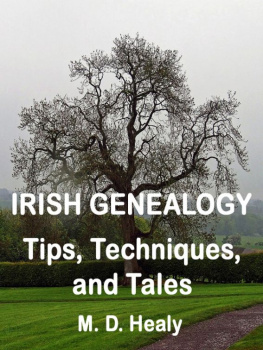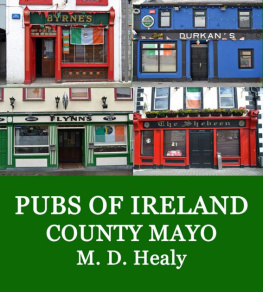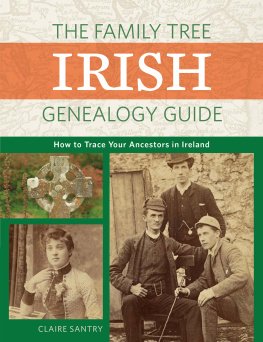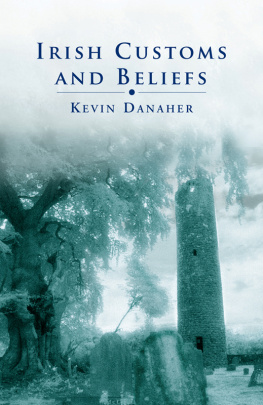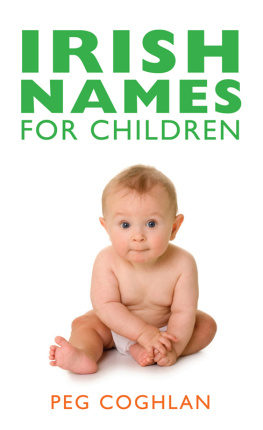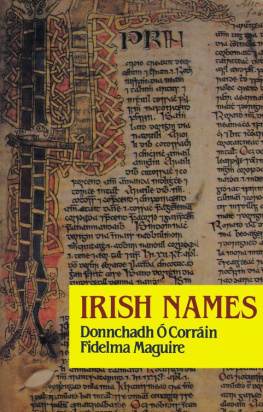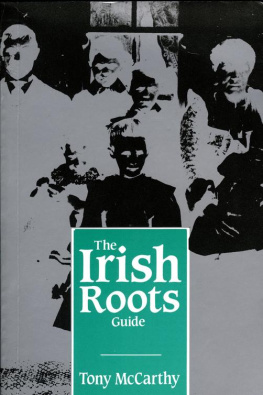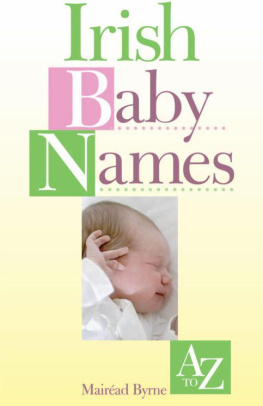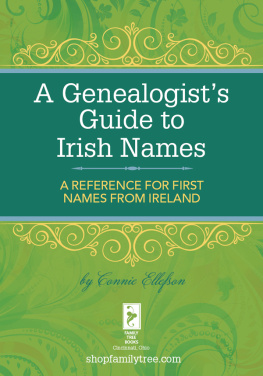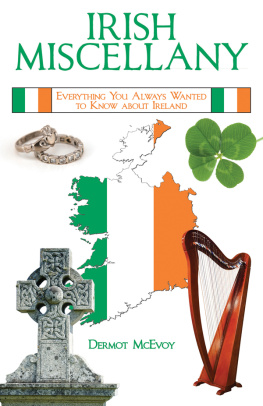~~~~
Irish Genealogy
Tips, Techniques and Tales
M. D. Healy
Copyright 2012 by M. D.Healy. All rights reserved. No part of thisbook may be reproduced, distributed, or transmitted in any form orby any means, or stored in a database or retrieval system, withoutpermission in writing from the author.
Smashwords Edition
Cover photo: Newgrange Tree, Newgrange,County Meath by M. D. Healy
All photos by M. D. Healy
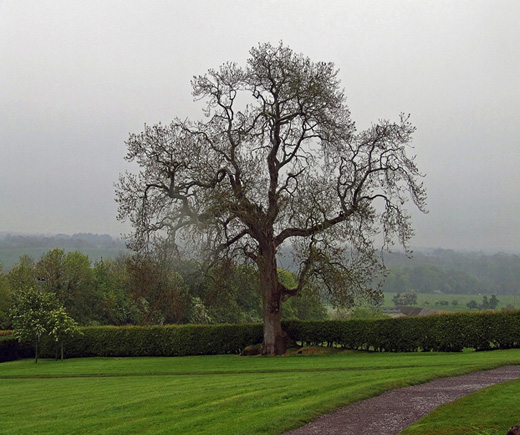
Newgrange Tree, Newgrange, CountyMeath
~~~~
He talked about persistence,
A congruence of lives,
How, stubbed and cleared of stone,
His home accrued growth rings
Of iron, flint, and bronze.
- from Seamus Heaney's poem"Belderg"
Table of Contents
~~~~

Ring of Kerry Bridge
Introduction
This book is written as a labor of love. Itis my wish that the contents of this book will help you breakthrough the brick walls, avoid the dead ends, and solve the complexmysteries of Irish genealogy that continue to perplex and frustratethe Irish family history researcher. The book contains short,direct Irish genealogy research tips based on my personalexperiences and my many hours of research conducted forinternational clients searching for their Irish ancestors' originsand birthplaces in Ireland. With the significant growth ingenealogy web sites, tools, and services on the internet, anindividual today can do much of the research alone. The tips,techniques, and tidbits in this book are proven genealogy researchmethods that will assist one who is going it alone in the complexand challenging world of Irish genealogy. The unique lessonslearned, expressed here in this book, are meant to help protect andprevent the Irish ancestry researcher from hitting a dead end or a"brick wall", or going astray in searching for an Irish ancestor.Although most of the Irish genealogy lessons learned and anecdotesin this book are described from an American perspective, they canbe also used by Irish ancestors' descendants of any nationality inany country as well.
The following pages contain Irish genealogyproblem solving tips and techniques, to include: finding anancestor's birthplace, deciphering illegible handwriting,translating Irish place names, working with transcription errors,and much more. Some Irish roots travel tips, Irish immigrationpatterns, children name customs, a "brick wall" case study, and alist of popular Irish genealogy reference books are also included.Finally, the book ends with a few short Irish traditions and Celtichistory stories told with some humorous twists.
I hope that this book stimulates yourinterest and curiosity about your Irish ancestors origins andfamily history, and gives you the tools and insights tosuccessfully find the missing pieces of your Irish family historypuzzle.
~~~~
Top Five Reasons to Find Your IrishAncestors
1. Connect the present with the past!
2. Celebrate your Irish heritage!
3. Find the missing pieces of your Irishfamily tree puzzle!
4. Meet relatives in Ireland you never knewyou had!
5. Qualify for Irish and EU citizenship anda Certificate of Irish Heritage!
~~~~
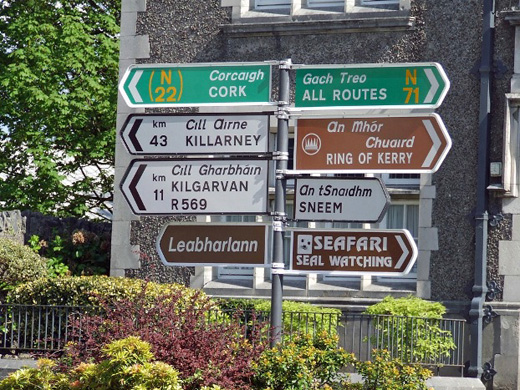
"Which Road Leads toan Irish Ancestor's Birthplace?"
Birthplace Locations
While recently working with a client andsearching for the clients mothers Irish birth certificate, Ispoke with a representative from one of the many Irish FamilyHistory centers in Ireland. From these conversations, I learnedthat it was not unusual for the mother-to-be to travel to herparents home village or town to give birth to her baby.Consequently, an infant appearing on a census record may not havebeen born in the village of record at the time of the census. Thefamily may have moved there after the child was born, prior to thecensus, or the mother returned to her parents home to give birthto her baby. Therefore, in either case, document record searches inlocations beyond the census recorded home location may berequired.
~~~~
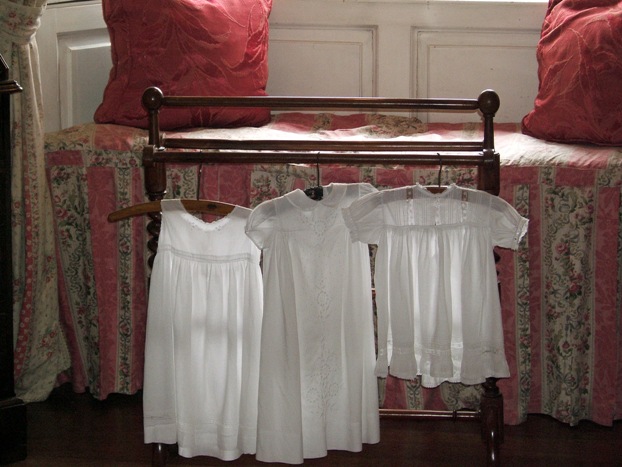
"Sisters"
Childrens Name Patterns
One interesting aspect of Irish childrensfirst names is this name pattern tradition that a large number ofIrish families followed in the 1800s and 1900s:
1st son was named after the father'sfather
2nd son was named after the mother's father
3rd son was named after the father
4th son was named after the father's eldest brother
1st daughter was named after the mother'smother
2nd daughter was named after the father's mother
3rd daughter was named after the mother
4th daughter was named after the mother's eldest sister
Ive seen this tradition in the numerousIrish family document searches that Ive conducted, while examiningIrish records from 1850 through 1920.
~~~~
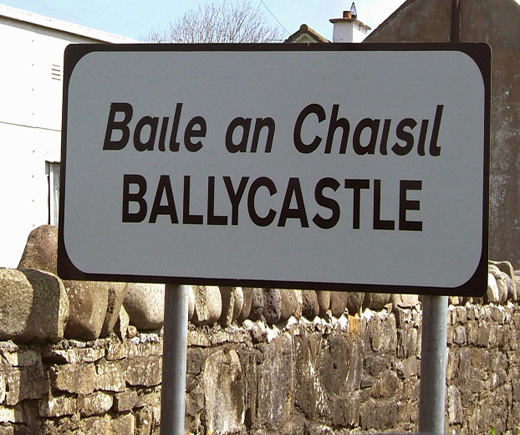
Baile an Chaisil -"Village of the Stone Fort"
Place Name Translations
The English translations of Irish villageand town names have taken different spellings over the years. Inthe early 1800s, engineering and map surveyors traveled throughoutIreland, translating Irish place names into English, with varyingresults. The Irish playwright Brian Friel's play "Translations" isa wonderful account of the historical events surrounding theAnglicization of Irish place names in the 19th century.
For example, the Irish word for head iscean. Irish village names starting with cean translated tocane or keane in the English versions. In the 1901 Irishcensus, the grandfather of one recent client lived in Canearagh inCounty Kerry. The same mans 1878 birth certificate spelled hisbirthplace as Keaneiragh. Both of these spellings are correctspellings for the same place. Discovering and knowing thesespelling differences make Irish family document searches that muchmore satisfying and interesting to do.
Lesson learned: The Irish family historyresearcher needs to be aware that Irish documents and records maycontain different spellings of the same townland or place, andmanage a search accordingly.
~~~~
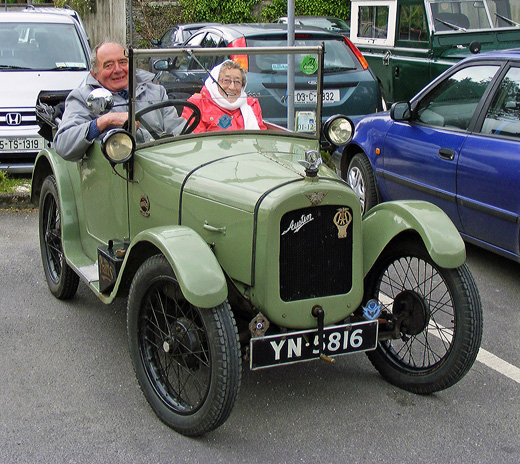
Vintage Transportation
Irish Courtship
Having courtship transportation limitationsin the 19th century, Irish men wooed and courted Irish women livingin close proximity to them. Most likely, throughout the 19thcentury, men courted women in the same townland or civil parish.Men traveled as far as existing modes of transportation (e.g.walking or cart) would take them. The invention of the bicycleincreased the distances men were willing to travel to court theirladies. The car increased the distances, yet again. Today, Iunderstand that the low cost European air carriers are the bicyclesof the 21st century! Some Irish men are regularly traveling on lowcost flights each week to European cities, to maintain longdistance romances and to court their women with the same fervor andpassion of their male ancestors on bicycles long ago.
Next page
